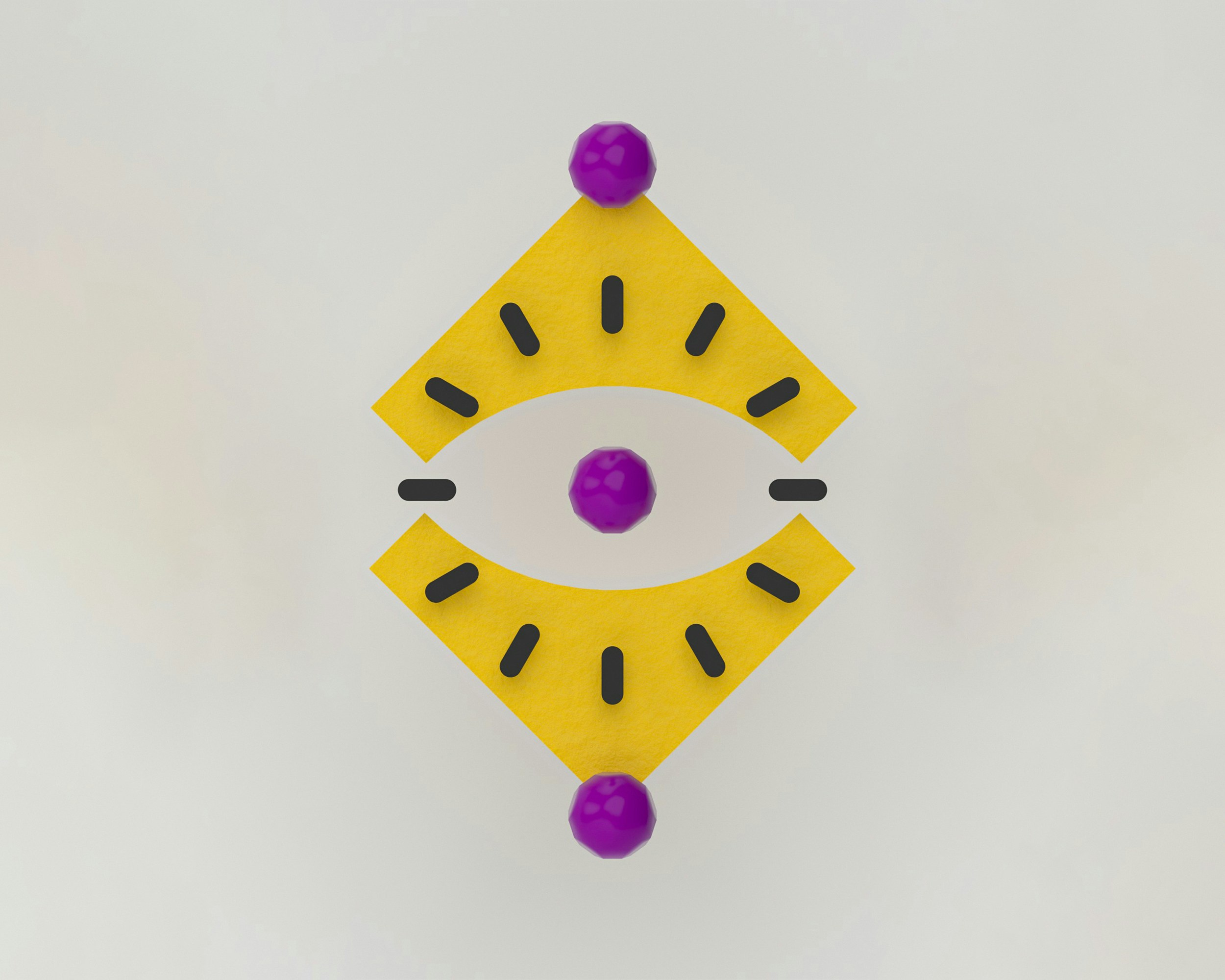Unique Value Proposition


Hugo ran a small hot dog stand near a park. Passersby eagerly bought a quick snack, but whether they would come back remained a mystery. There was plenty of competition in the area: shawarma kiosks, fast food cafés, and even grocery stores with ready-to-eat pastries. Hugo realized that many offered tasty sausages and fresh buns. But how could he make sure people chose his stand? The answer came unexpectedly—he decided to promise customers “the juiciest hot dog in 60 seconds.” This simple promise became his Unique Selling Proposition, or USP, and the very reason his stand stood out.
What is a Unique Selling Proposition
A Unique Selling Proposition, also known as a value proposition, is a short and clear statement that explains what makes a product or service special. The idea was first formulated by American advertiser Rosser Reeves in the 1940s, when he argued that every piece of communication should offer the customer a distinct benefit that no one else could provide. According to Reeves, the proposition must be specific, it must be truly unique, and it must be strong enough to win customers’ attention.
USP vs. Slogan and Mission
It’s easy to confuse a USP with a catchy slogan or a company mission, but they are not the same. A slogan is designed to be memorable and may echo the USP, but not necessarily. Nike’s “Just Do It” captures the brand’s spirit without saying what makes its sneakers different. A mission statement, meanwhile, explains why an organization exists and what values guide it, while a USP speaks directly to the customer, focusing on the benefit they get right now.

Positioning and USP
Positioning defines how a brand wants to be perceived compared to its competitors. The USP helps bring that positioning to life. Positioning answers the question “Who are we?” while the USP answers “Why us?”
Different Approaches to a USP
Businesses can build a USP in many ways. Some focus on product features, like M&M’s promise that their candies “melt in your mouth, not in your hands.” Others emphasize price and explain why it is lower, as IKEA does by combining stylish design with self-service and efficient logistics. Some brands stand out through service, like Domino’s Pizza, which once promised delivery in 30 minutes or it was free. And for others, the USP is emotional: Harley-Davidson doesn’t just sell motorcycles—it offers the feeling of freedom and belonging to a community.

Types of Unique Selling Propositions
A USP can be built on very different foundations, depending on the specifics of the business and what the audience really needs.

Some companies rely on product features. This is the most straightforward approach: highlight a special technology, exclusive ingredient, or patented development. For years, M&M’s used the promise “Melts in your mouth, not in your hands,” drawing attention to the unique coating of their candies.
Others compete on price, but the key is not just to declare low costs—it’s to explain why they are possible. IKEA became famous for offering stylish furniture at affordable prices, not because quality was sacrificed, but because customers assembled products themselves and logistics were optimized.
A USP can also rest on the way customers are treated. Domino’s Pizza once shook the market with its guarantee: delivery within 30 minutes or your money back. It wasn’t just food service; it was a promise of speed and reliability.
And then there are emotional USPs. These are less about features and more about feelings. Harley-Davidson doesn’t simply sell motorcycles. It sells freedom, the thrill of the open road, and the sense of belonging to a community of like-minded riders.
How to Discover and Shape a USP
Creating a USP is a step-by-step process that demands a clear view of the market, a deep understanding of your target audience, and an honest look at your own strengths.
It begins with studying your audience. What worries them? What problems do they want solved? What desires do they want fulfilled? Interviews, surveys, reviews, and even comments on social media can all help uncover these answers. The important part is to move past surface-level needs. People don’t buy a drill because they want a drill. They buy it because they need holes in the wall. And they want holes not for their own sake, but to hang a picture and make a home cozier. The real motivations always lie a layer deeper.
The next step is to look at competitors. What benefits are they promising? Where are the gaps? If everyone is competing on price, perhaps nobody is emphasizing service quality. And it’s not just direct competitors that matter. For a taxi service, competition comes not only from other taxis but also from public transport, car-sharing, and even personal cars.
Once the external picture is clear, turn to your own advantages. What makes your product or service genuinely special? It might be technology, years of expertise, a unique location, or even the founder’s personal story. The crucial part is that the advantage must matter to customers. Try seeing your business through their eyes. What would convince you to choose this product over all the others? Which problem does it solve better than anyone else?
Finally, the USP must be articulated and tested. Draft several options and make sure each one clearly expresses the benefit and the difference from competitors. Keep the wording simple enough to be understood instantly. Then test them—through focus groups, A/B campaigns, or direct feedback. Notice which phrases spark interest, which ones confuse, and adjust accordingly until the promise feels both clear and compelling.

How to Develop a USP
Developing a strong USP starts with understanding people. Businesses need to ask what truly worries their customers, what problems they are trying to solve, and what dreams they want to fulfill. Competitors must also be studied carefully. If everyone in a market talks about price, perhaps no one is focusing on convenience or reliability. At the same time, every company has its own strengths—whether it’s technology, a special story, or even a location. The key is to connect those strengths to what customers genuinely care about. Once ideas are drafted, they need to be tested in practice, refined, and shaped into a clear promise.
USP in Branding and Design
A USP works best when it isn’t just words but also something people can see and feel. Visual identity plays an important role here. Colors, shapes, and logos should reflect the core promise. Amazon’s arrow stretching from A to Z, for example, tells the story of endless variety. Today, neural networks can even help businesses translate their USP into visual language, generating logo concepts that highlight what makes a company stand out.
The Role of AI in Finding a USP
Artificial intelligence now helps companies discover what their USP could be. By analyzing enormous amounts of data, AI can reveal hidden customer needs, uncover patterns in behavior, and even suggest potential formulations for testing. Instead of relying only on intuition, businesses can combine human creativity with machine insights to craft messages that resonate more deeply.
Mistakes to Avoid
Many businesses stumble when they confuse a USP with vague statements like “high quality at good prices.” Others focus too much on themselves instead of the customer, proudly describing awards or achievements that don’t matter in the buying decision. And the biggest mistake is promising what can’t be delivered. Once trust is broken, no clever phrase can fix it.
Conclusion
A few months later, Hugo’s hot dog stand had a steady line of customers. People came not only for the taste but for the speed, knowing they would get a hot dog in just one minute. That simple promise became recognizable and inseparable from his brand. Hugo’s story shows that a Unique Selling Proposition is more than a marketing phrase—it’s a tool for standing out, keeping customers, and building growth.
At its core, a USP answers the timeless question every customer asks: “Why should I choose you?” The clearer the answer, the easier the choice. Markets evolve, competitors change, and customer needs shift, which means a USP must also evolve. What remains constant is the principle itself: people don’t buy products—they buy solutions and emotions. The business that can express this most clearly is the one that wins.

